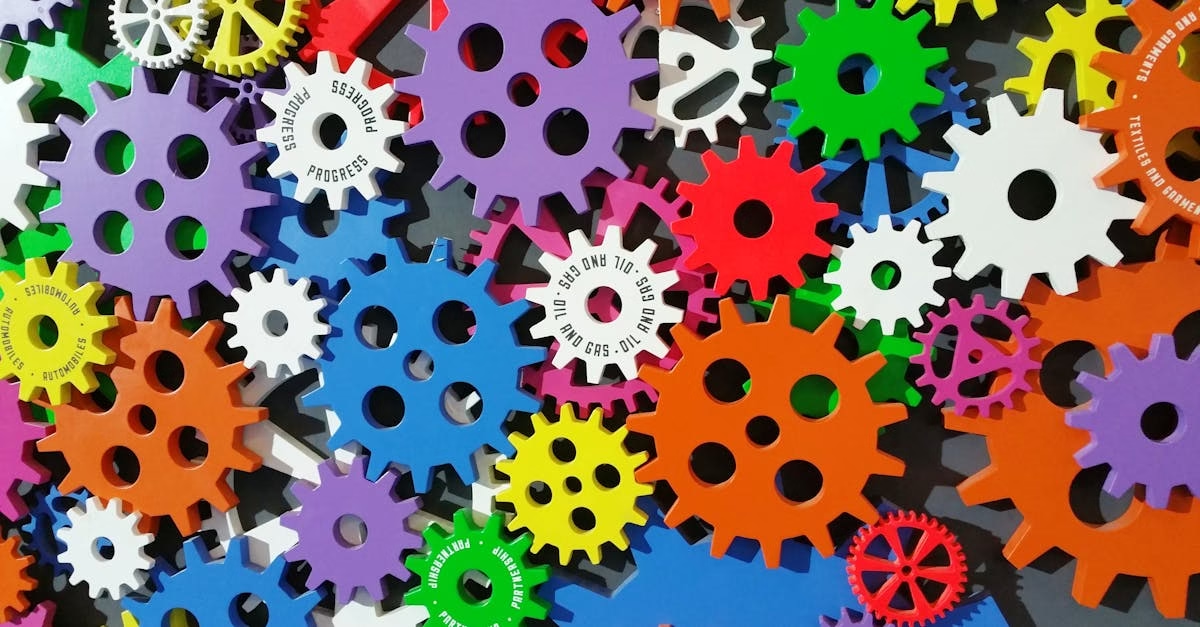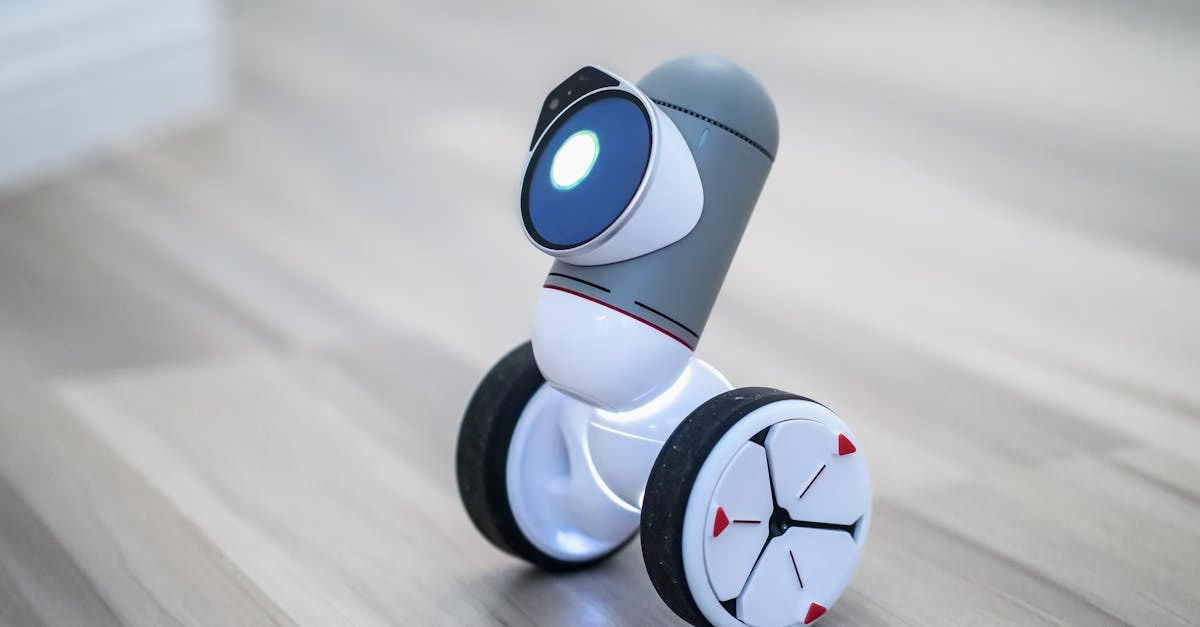Have you ever wondered how AI agents think, learn, and act like humans or robots? Just like baking a cake needs steps, AI agents follow a smart sequence to turn information into actions.
Background
AI agents are intelligent systems that work like digital decision-makers. They can take input from the world, think about it, learn from experience, and act to reach a goal. But how do they actually work from start to finish? The working of AI agents is like a step-by-step journey that transforms raw data into smart action. First, they observe their surroundings through sensors or data input. Then they focus on what matters, remember useful facts, reason through options, make a plan, and finally act. At every stage, the AI agent uses special tools, logic, and machine learning to perform its job. Each step connects to the next, just like the organs in a human body. Together, these steps make the agent self-reliant and goal-oriented. Understanding this full process helps young minds learn how AI actually behaves in real life, whether it’s a chatbot, a robot, or a smart assistant.
7 Steps of AI Agent’s Working
- Perceive the Environment
- Filter Important Information (Attention)
- Store and Recall Knowledge (Memory)
- Think Logically (Reasoning)
- Plan Next Actions
- Learn from Data or Mistakes
- Execute the Action
Step 1: Perceive the Environment
What is this Input?
The input at this stage is raw data from the environment. It can be images from a camera, sound from a microphone, or sensor readings like temperature or location. This is how the agent “sees” or “hears” the world.
- Comes from sensors, files, cameras, or APIs
- Can be structured (like numbers) or unstructured (like video)
- May include real-time or historical data
What is the Output?
The output is a structured version of the environment’s data. It is cleaned, organized, and ready to be understood. For example, turning a noisy sound into a list of words, or an image into objects.
- Transformed raw data into digital signals
- Identified important features like shapes or words
- Ready for further analysis and attention
What is the Processing?
The processing involves computer vision, speech recognition, or sensor calibration. The data is normalized, segmented, and classified for further use.
- Data cleaning and normalization
- Object, face, or voice detection
- Categorizing sensory inputs
Tools & Ecosystem
- OpenCV, MediaPipe, and YOLO for visual data
- Whisper and DeepSpeech for speech input
- ROS (Robot Operating System) for sensor data in robots
Step 2: Filter Important Information (Attention)
What is this Input?
The input here is all the information collected from the environment. It could be too much, so the agent needs to decide what to focus on.
- Full data stream from sensors or files
- Visual, audio, or text data
- Context from previous steps
What is the Output?
The output is the most relevant part of the input. It helps the agent avoid information overload and concentrate only on what matters for its goal.
- Important features or signals selected
- Less important data ignored
- Highlights what should be processed next
What is the Processing?
The system assigns importance scores to each part of the input and ranks them. It keeps the top-ranked information and drops the rest.
- Uses attention mechanisms (like in transformers)
- Assigns weights to words, pixels, or signals
- Dynamically updates focus as goals change
Tools & Ecosystem
- Transformers (BERT, GPT) for text
- Vision Transformers (ViT) for images
- Hugging Face’s transformer library
Step 3: Store and Recall Knowledge (Memory)
What is this Input?
The input is important facts, past events, or conversations the agent has seen before. It may also include knowledge bases or recent decisions.
- Past user interactions
- Recent actions taken
- Stored facts or knowledge graphs
What is the Output?
The output is recalled information that helps the agent stay consistent and context-aware. For example, remembering a user’s name or a previous question.
- Previously stored relevant content
- Summarized past experiences
- Reused knowledge for reasoning or planning
What is the Processing?
The system searches memory and retrieves data based on similarity or relevance. It may use vector embeddings or databases to match patterns.
- Memory retrieval based on queries
- Similarity search in vector space
- Time-based or context-based access
Tools & Ecosystem
- FAISS, Pinecone, and Chroma for vector memory
- LangChain memory tools
- Neo4j for graph-based knowledge recall
Step 4: Think Logically (Reasoning)
What is this Input?
This step uses focused information and past knowledge to think. The agent asks: What do I know? What should I conclude?
- Facts from memory
- Current context
- Rules or logic templates
What is the Output?
The output is a logical answer, decision, or explanation. It could also be a new fact inferred from older ones.
- Conclusions or inferences
- Step-by-step logic paths
- Possible solutions or next options
What is the Processing?
The system uses logical rules, decision trees, or neural-symbolic methods to reason. It fills in missing details or explains why something is true.
- Symbolic or rule-based logic
- Probabilistic reasoning for uncertain facts
- Combining logic with neural models
Tools & Ecosystem
- Prolog, Drools for symbolic logic
- DeepMind’s Gato for general reasoning
- LangChain and AutoGen with reasoning chains
Step 5: Plan Next Actions
What is this Input?
The input is the reasoning output, current goal, and known constraints. The agent asks: What steps will help me reach the goal?
- Current state of the world
- Goal definition
- Resources and constraints
What is the Output?
The output is a plan—a sequence of steps that the agent will follow to reach the goal.
- Ordered actions
- Estimated time or effort
- Backup plans for failures
What is the Processing?
Planning systems simulate steps, predict future states, and optimize the sequence for success.
- Task breakdown and sequencing
- Simulating results of each action
- Selecting best path from options
Tools & Ecosystem
- PDDL for planning definitions
- HTNs (Hierarchical Task Networks)
- CrewAI and LangGraph for multi-agent planning
Step 6: Learn from Data or Mistakes
What is this Input?
The input includes feedback, success/failure signals, and raw data. This helps the agent get better over time.
- Results of past actions
- Reward or penalty signals
- Training data or examples
What is the Output?
The output is an updated internal model or knowledge base. The agent becomes smarter, faster, and more accurate.
- Improved predictions or decisions
- Fewer repeated mistakes
- Updated strategies or knowledge
What is the Processing?
Learning algorithms update internal models using supervised, unsupervised, or reinforcement learning techniques.
- Model training and fine-tuning
- Pattern detection and adaptation
- Storing learnings into memory
Tools & Ecosystem
- TensorFlow, PyTorch for ML
- OpenAI Gym and RLlib for reinforcement learning
- AutoML tools like Google AutoML and Hugging Face Trainer
Step 7: Execute the Action
What is this Input?
The input is the final action plan or decision selected by the agent. This step turns thinking into doing.
- Chosen next move
- API call or control signal
- Output message or command
What is the Output?
The output is the real-world result of the action. It could be a physical movement, a message, or a system update.
- Robot arm moves or drone flies
- Text is spoken or typed
- API triggers or database updates
What is the Processing?
The agent sends commands to actuators (for robots) or software interfaces (for digital tasks). It checks if the action was successful and reports feedback.
- Execution of motor or software command
- Monitoring success or failure
- Logging outcomes for learning
Tools & Ecosystem
- ROS for robot execution
- LangChain agents for digital tasks
- APIs for smart home, cloud, or voice assistants
Conclusion
The working of an AI agent is like a smart pipeline—from sensing the world to making a decision and acting on it. Each step in this journey plays an important role: perception collects information, attention filters what matters, memory stores knowledge, reasoning builds logic, planning creates a strategy, learning improves over time, and action execution turns thoughts into results. These components work together just like human senses, brain, and body do in harmony. With modern tools like LangChain, Transformers, ROS, and reinforcement learning platforms, it’s now possible to build AI agents that can think, learn, and act in real-world environments. Understanding this complete process helps young minds design intelligent systems and become future AI innovators. Whether you’re building a robot, a chatbot, or a smart assistant, this 7-step framework gives you a strong foundation for how agents behave and improve in the world around them.




